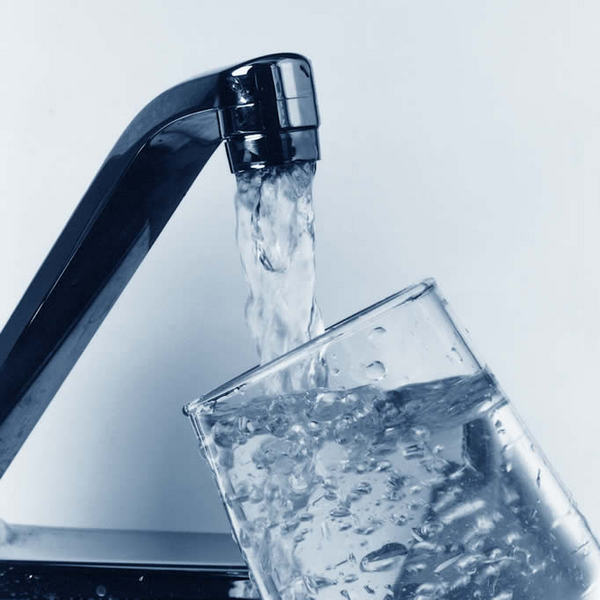I gave a talk in Cornwall last week. It was the only the second time I have visited that county as part of my job and the subject of the talk was equally unusual for me; weed control in grassland.
A large part of my presentation was about keeping pesticides out of water. You may think that there are no such problems in a largely pastoral county. However, South West Water is picking up some pesticides in raw water at concentrations that exceed the Drinking Water Directive. They tend to be the usual culprits including mecoprop and metaldehyde. Also, some of the more specialist grassland herbicides are being detected in water during the summer. The latter is also true for East Anglia, despite the low proportion of land that is occupied by grass.
Pesticides in water are currently a huge issue for both the agricultural and water industries. The standards are demanding, particularly for drinking water. In areas where drinking water is not sourced, pesticides in water have to meet the Environmental Quality Standards needed to protect aquatic life. For many but not all pesticides these are generally laxer than the standard for drinking water.
Now maps are being produced showing where drinking water is sourced and the land that drains to it over a short space of time. These are being designated Drinking Water Protected Areas (DrWPAs). Where surface water DrWPAs are at risk upstream Safeguard Zones are also being delineated. There are also some groundwater drinking water abstractions at risk from pesticides, but these are fewer in number.
By doing a postcode search in the Environment Agency’s ‘what’s in your backyard’ website, farmers can see if they are in such a surface or groundwater area. Just click on the icon with the tap on it (on the last row of icons). Should they farm in a Drinking Water Protected Area or Safeguard Zone then they will be have to be particularly careful about keeping pesticides out of water. However, even with the best will in the world problems may still occur.
So what happens next? There is much debate about this with a report being prepared on what needs to be done should voluntary measures fail in any area. There are a lot of possible options including removing authorisation of those pesticides that regularly occur in water at above the drinking water standards. Authorisation could be removed, either just locally where there is a problem, or nationally.
At the other end of the range is the option for Water Companies to pay for alternative pesticide or cropping practices to avoid offending pesticides being used in the Drinking Water Protected Areas (and also possibly the Drinking Water Safeguard Zones). In some cases this could prove to be the cheaper option. For example, Wessex Water is paying some farmers in key areas to use ferrous phosphate slug pellets rather than metaldehyde.
One option that really isn’t available is to install more treatment facilities to remove pesticides from water. This option is not desirable under the Water Framework Directive since it asks Member States to reduce the level of treatment needed at drinking water plants (complicated isn’t it?!).
Hence the issue of pesticides in water has a long way to run. It is a fundamental part of the UK National Action Plan for Pesticides that is being prepared as a result of the Sustainable Use Directive. It is clear that at least some of those who farm in the Drinking Water Protected Areas (and possible those in the Drinking Water Safeguard Zones) will have some very significant challenges to face over the next few years. So it is worth all farmers having a look at the website to check if they are in these areas.
For those outside these areas, the issue of pesticides in water still demands high standards of pesticide use. As I said earlier, the Environmental Quality Standards are generally less demanding. Cypermethrin is an exception. The Drinking Water Standard is 0.1 parts per billion but the Environmental Quality Standard for cypermethrin is 0.1 parts per trillion. This will mean a fraught process when it is re-evaluated as part of the EU pesticide regulations.
Finally, it is worth pointing out that there may be other areas of land designated to protect waterbodies such as those used for recreation or which have particular wildlife habitats etc. Life does not get any easier!
